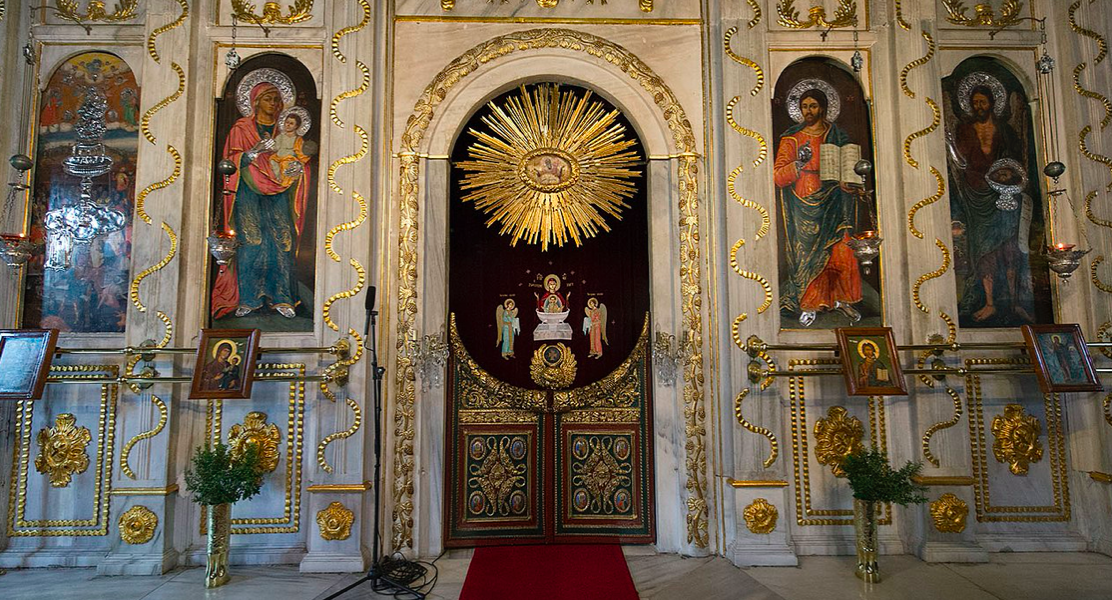On December 1, as on the first day of every month, people flocked in droves to the wish-granting Greek Orthodox church ‘Ayin Biri Kilisesi’ in current day Istanbul to make wishes, in the hope that they will come true.
Countless worshippers of all religions and nations visit the Ayin Biri Kilisesi, which translates literally in English to “Church of the First Day of the Month”, assembling together, united by the universal ideals of faith and love.
Outside the church, commercialised by local merchants, visitors are able to purchase charms and keys that symbolically unlock glass cases containing religious images, depending on whether their wish is related to health, marriage or wealth.
The key must be returned to the church by the wisher once their dream comes true, according to the narrative.
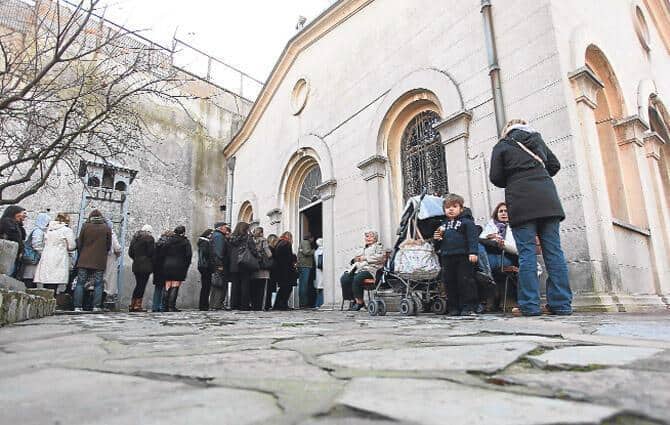
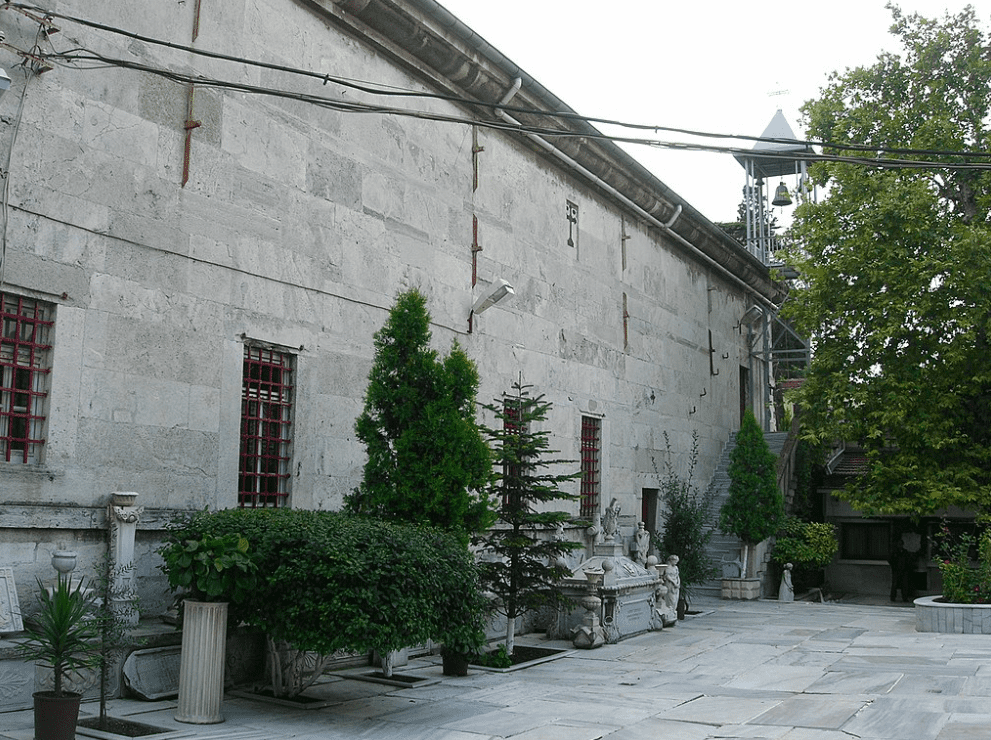
Located in Istanbul’s Unkapanı district, at Vefa neighbourhood (so named after the distinguished Turkish poet and musician Şeyh Ebul Vefa), the church is considered to be the ultimate holy destination in the Turkish metropolis for those seeking a marriage partner.
As the church is only open on the first day of the month, crowds of people - many being mothers of young adults wishing to find a spouse for their child - gather to patiently wait in queues outside, waiting for a turn to go inside and pray. Occasionally, on days such as New Year’s Eve, the queue stretches over a kilometre.
Beneath the ‘First-Day-of-the-Month-Church’ lies an underground Byzantine chapel, dedicated to the Dormition of the Theotokos (Virgin Mother), known as the Holy Shrine of the Virgin Vefa.
The Holy Shrine of the Virgin Vefa is the site of an ancient spring that flows beneath the chapel, whose waters are reputed to have miraculous and spiritual powers, which are restorative and healing.
Above the spring rests a copper monument engraved with a palindromic inscription - ΝΙΨΟΝ ΑΝΟΜΗΜΑΤΑ ΜΗ ΜΟΝΑΝ ΟΨΙΝ (which may also be read in reverse) - translated as “Wash away your sins and not only your face.”
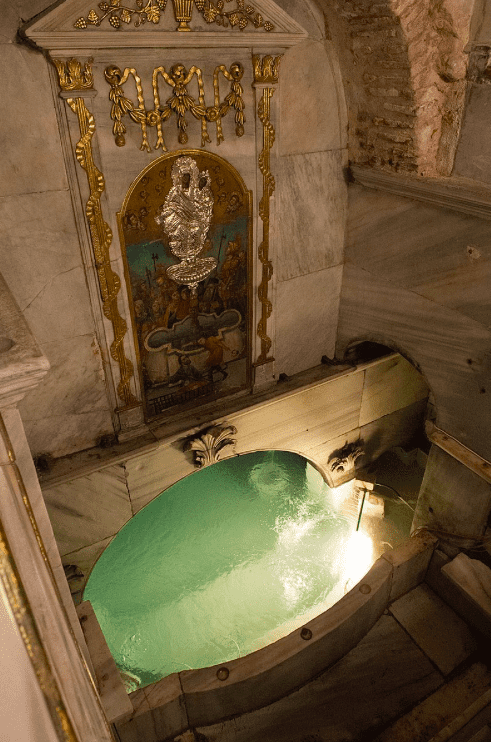
Once inside, believers worshippers drink from and wash in the spring and gather holy water in bottles, which they carry away as a blessing, souvenir, or to sprinkle their homes and workplaces.
The shrine of the Virgin Vefa attracts countless worshippers, Christians and Muslims alike - as Muslims, too, revere the Virgin Mary as the mother of Jesus, the “Masih,” or Messiah, whom they consider a prophet.
The shrine and spring remain a powerful testimony to people’s prayers and hopes intertwined as they rise toward heaven. It is also a remarkable example of the many instances of Christian-Muslim symbiosis throughout the Middle East and a powerful witness that civilisations do live in harmony.
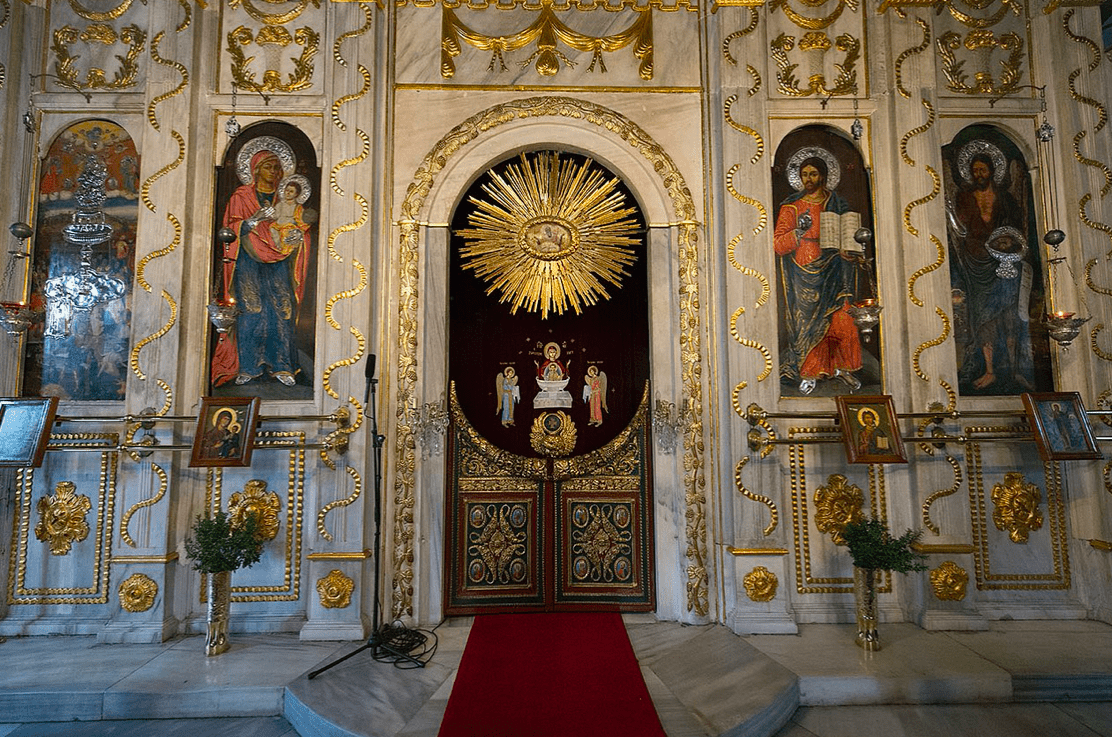
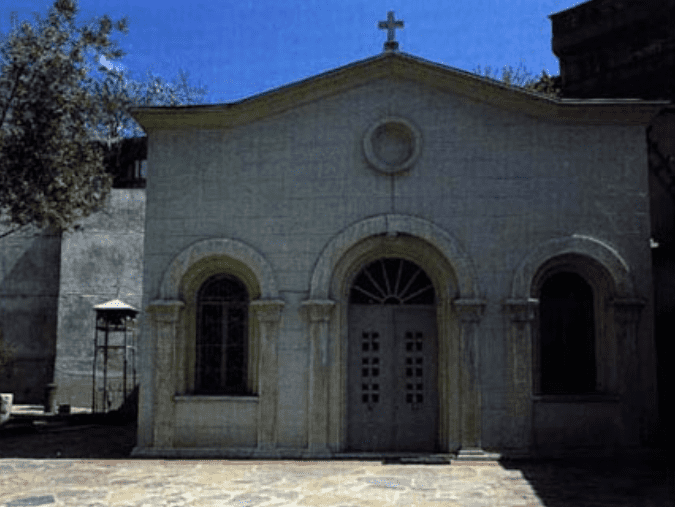
Early History of The Holy Shrine of the Virgin Vefa
In Byzantine times, the site of the Holy Shrine of the Virgin Vefa was known as the Sphorakia, based on the legend that it was constructed over the ruins of the fifth-century church of Sphorakios the Patrician, which had existed during the reigns of the emperors Arcadius (r. 395-408), Theodosius II, and Marcian. Subsequent excavations at this site have revealed Byzantine reliefs and column bases, as well as the portico of an underground cistern.
A medieval folk legend recounts that the last reigning emperor of Byzantium, Constantine XI Palaeologos (1404-53), is anonymously and insignificantly buried in the area of the present-day Vefa neighbourhood. Soon after his death (May 29, 1453), which marked the end of the Roman (and Byzantine) Empire, the existing church at Vefa was demolished, and its raw materials were used for the construction of neighbouring mosques. The building was replaced by a garden, known as Karagöz Bostan, tended by Christians and later owned by a Greek clergyman.
In 1750, the land was purchased by a Christian from Epirus in Greece, who had immigrated to Istanbul in search of a better life. Reportedly, after his daughter dreamed that the garden was, in fact, the site of a holy shrine, the property was excavated in 1755, revealing the passageway and reservoir, as well as a marble icon dated 1080. The local Turks renamed the site Ayazmalı Bostan, or “the garden with a spring.” Following the death of the Epirote, his daughter became a nun and dedicated the rest of her life to preserving the shrine.
After the nun’s death, her children inherited the property and sold it partially in 1855 to the local parish priest, a certain Fr. George, who in turn sold his share in 1875 to the local Greek architect, Michael Papadopoulos. Eventually, the entire property, including the portion belonging to the nun’s children, was bequeathed to the Macedonian Educational Brotherhood of Constantinople, which carried out extensive repairs, alterations, and additions during the last three decades of the nineteenth century.
The shrine survived two major fires in 1896 and 1918 but was vandalised in the tragic events of September 6, 1955. Nonetheless, it was reconstructed in 1956 and today constitutes one of Istanbul’s most popular, albeit lesser-known historic sites.
The Holy Shrine of the Virgin Vefa Today
Presently, the church of the Virgin Vefa is a patriarchal and stavropegic shrine. Twelve steps lead from the modest nineteenth-century chapel to the haghiasma (great shrine).
Apparently, the original marble icon, fragmented but silver-plated, is preserved inside a bronze casket. Above the spring, there is a copper monument with a palindromic inscription created after the 1956 restoration. The letters—ΝΙΨΟΝ ΑΝΟΜΗΜΑΤΑ ΜΗ ΜΟΝΑΝ ΟΨΙΝ (which may also be read in reverse)—translated as “Wash away your sins and not only your face.”
There is also a popular icon dedicated to St. Marina (the patron saint of the Macedonian Educational Brotherhood of Constantinople), probably dating back to 1877, and another dedicated to St. Spyridon, dating to 1892. The icon screen was built in 1931 and most likely restored in 1966. It contains an icon of the Dormition of the Theotokos, dating back to 1956. Besides the commemoration of its feast day on August 15, the day of the Dormition of the Theotokos, the shrine has celebrations on June 17 (in honour of St. Marina), December 12 (in honour of St. Spyridon), and on the second and third Sundays of Great Lent.
With thanks to the Archons of the Ecumenical Patriarch in America
Read also: 1,400 Year Old Amethyst Ring Found in Israel Thought to Be the Result of Ancient Greek Superstition

